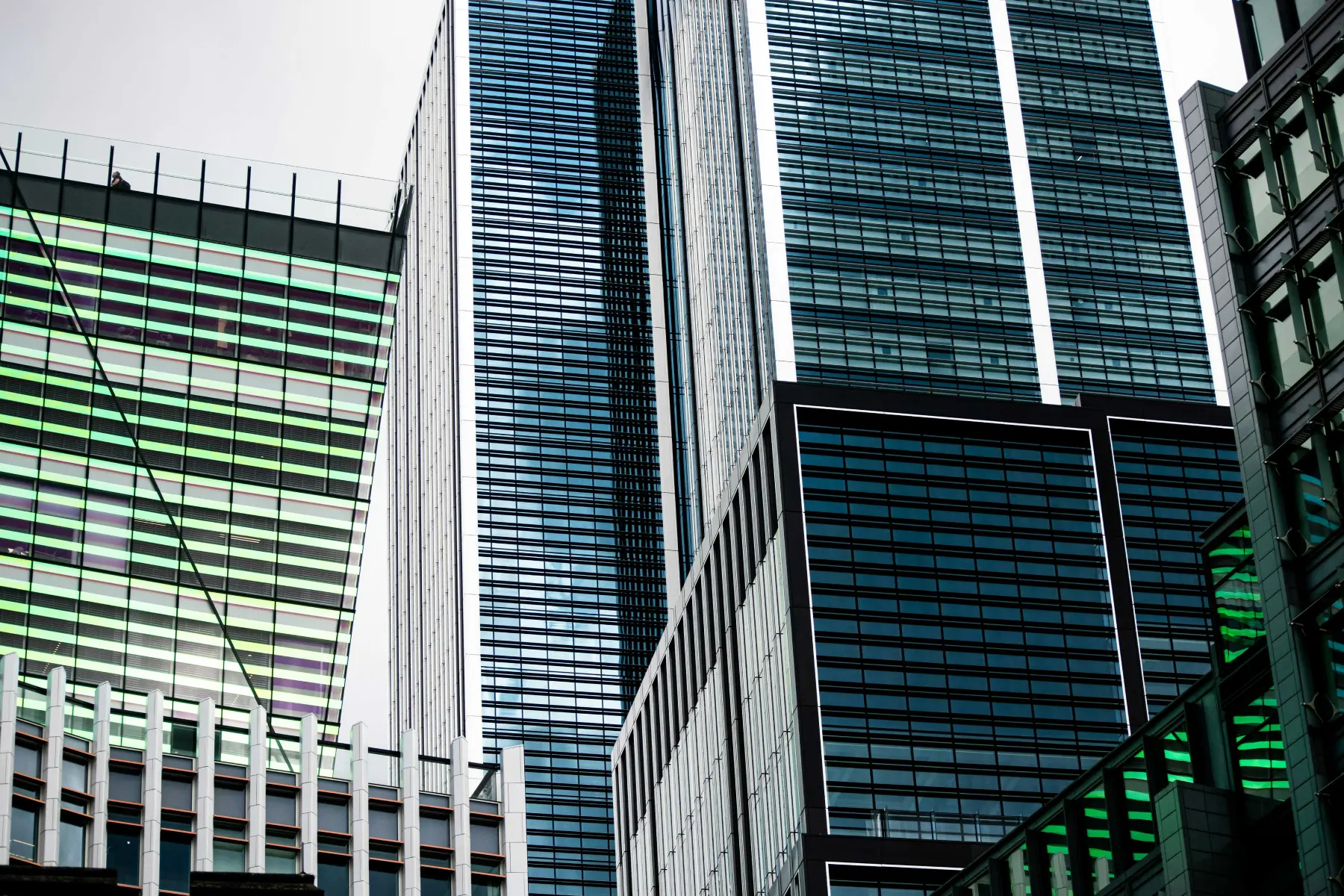Fire Risk Assessments for UK Businesses in 2025

We're talking about fire risk assessments. Now, I know it might not sound like the most thrilling topic, but trust me, understanding this stuff can make a real difference to the safety of your team and your premises.
What's the Fuss About Fire Risk Assessments?
Simply put, it's a careful look at your business premises to identify potential fire hazards and work out how to minimise the risks. It's about thinking ahead, spotting problems before they happen, and putting measures in place to keep everyone safe.
The law requires you to have one. The Regulatory Reform (Fire Safety) Order 2005 is the main piece of legislation covering fire safety in England and Wales. It places the responsibility on the ‘responsible person’ to carry out and maintain a suitable and sufficient fire risk assessment. That 'responsible person' is generally the employer or the owner of the building. You can find more details on the official government site about fire safety law.
Why Bother in 2025?
You might be thinking, "Why does this matter so much now?" Well, safety standards and best practices evolve. What was considered adequate a few years ago might not be sufficient now. Building materials, electrical systems, and the way we use technology are all changing. These changes bring new potential risks.
For instance, the increased use of lithium-ion batteries in devices and equipment means we need to consider the fire risks associated with them. These batteries can overheat and catch fire if damaged or improperly charged. Also, consider the growth of open-plan offices and co-working spaces. These layouts can affect smoke spread and evacuation routes.
Keeping up with these changes ensures your business remains compliant and, most importantly, keeps your people safe. Regular reviews of your fire risk assessment are a good idea, especially if you make changes to your premises, your staff numbers, or your work processes.
Practical Steps for Your Assessment
Right, so how do you go about doing a fire risk assessment? Well, there are a few key steps to follow:
- Identify the Hazards: Start by walking around your premises and noting anything that could cause a fire. Look for things like faulty electrical wiring, overloaded sockets, flammable materials, and potential ignition sources.
- Identify People at Risk: Think about who might be at risk in the event of a fire. This includes your employees, customers, visitors, and anyone else who might be on the premises. Pay particular attention to vulnerable people, like those with disabilities.
- Evaluate the Risks: Once you've identified the hazards and the people at risk, you need to work out how likely it is that a fire will start and how serious the consequences could be.
- Record Your Findings: Write down your findings in a clear and organised way. This record should include details of the hazards you've identified, the people at risk, and the measures you've put in place to reduce the risks.
- Review and Update Regularly: Fire risk assessments aren't a one-time thing. You need to review them regularly, especially if there are any changes to your premises or your work processes.
Common Mistakes to Avoid
It is easy to make errors. There are a few common pitfalls to watch out for.
One mistake is failing to involve staff. Your team members are the ones who work in the building every day. They'll have a good understanding of potential hazards and can provide valuable insights. Make sure to talk to them and get their input.
Another mistake is overlooking vulnerable people. Think about how you'll help people with disabilities evacuate the building in the event of a fire. Do you have accessible escape routes and alarms? Do you have personal emergency evacuation plans for those who need them?
Don't forget about maintenance. Regular checks of fire safety equipment, such as fire extinguishers and smoke alarms, are vital. Make sure these are working properly. If you are not qualified to test fire extinguishers, then find a qualified service.
Finally, do not just file the risk assessment away. It is a working document. It is there to be used. Review it regularly and make changes as needed.
The Benefits of a Good Assessment
Having a solid fire risk assessment in place brings many benefits. First and foremost, it keeps your people safe. A safe workplace is a happy workplace.
It also helps you comply with the law. Staying on the right side of the regulations avoids fines and legal problems.
A good assessment can also protect your business assets. Fires can cause significant damage to buildings, equipment, and stock. Taking steps to prevent fires can save you a lot of money in the long run.
Finally, it can improve your business reputation. Customers and clients are more likely to trust a business that takes safety seriously.
Keeping Up to Date
The world of fire safety is always changing. New technologies, new regulations, and new best practices are always emerging.
Keep your knowledge up to date by attending training courses, reading industry publications, and staying in touch with professional bodies.
You can also find useful information and guidance on the government's website. The Health and Safety Executive also provides guidance on fire safety in the workplace.
By staying informed and taking proactive steps, you can make sure your business is prepared for any fire emergency.




